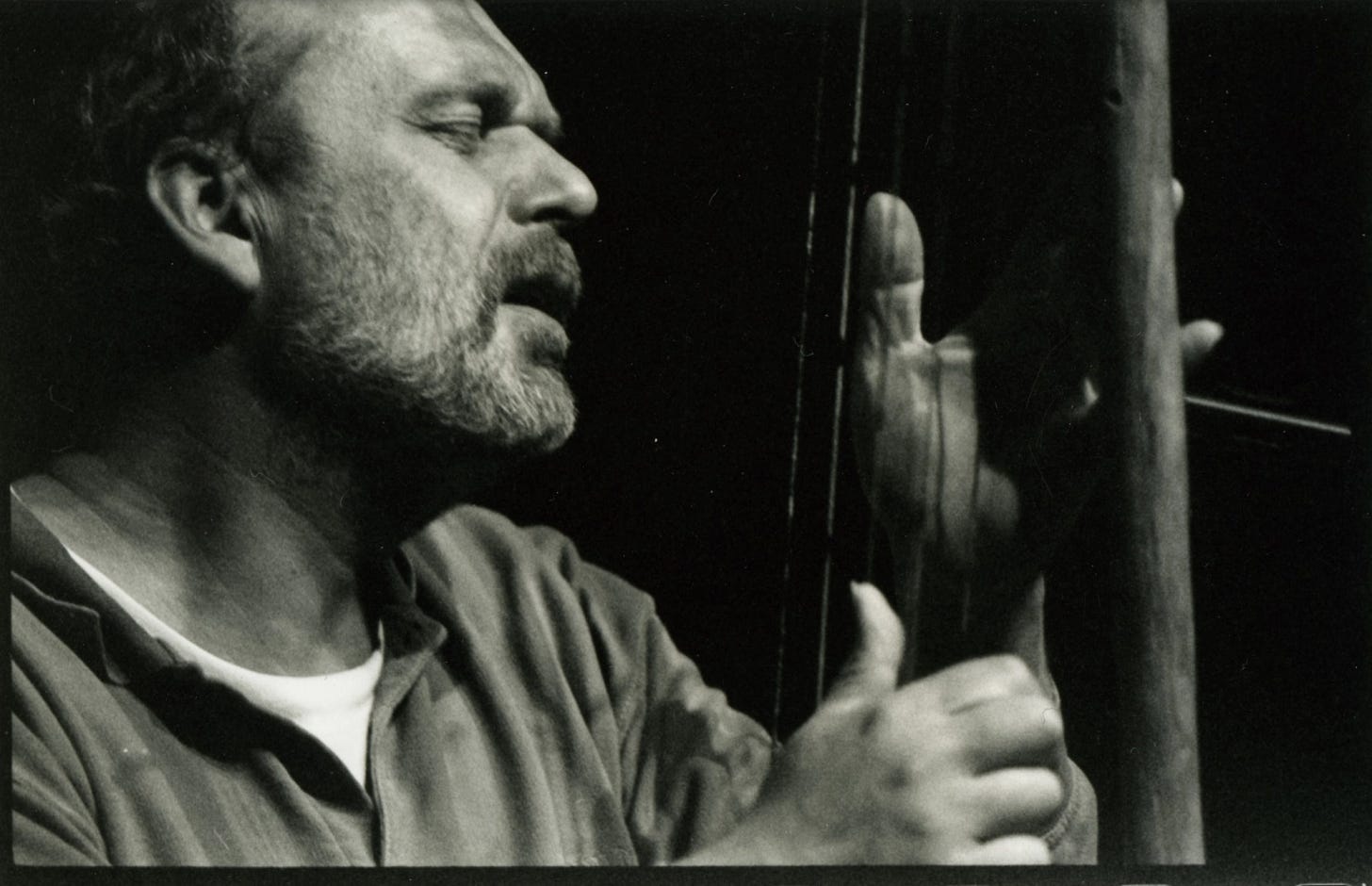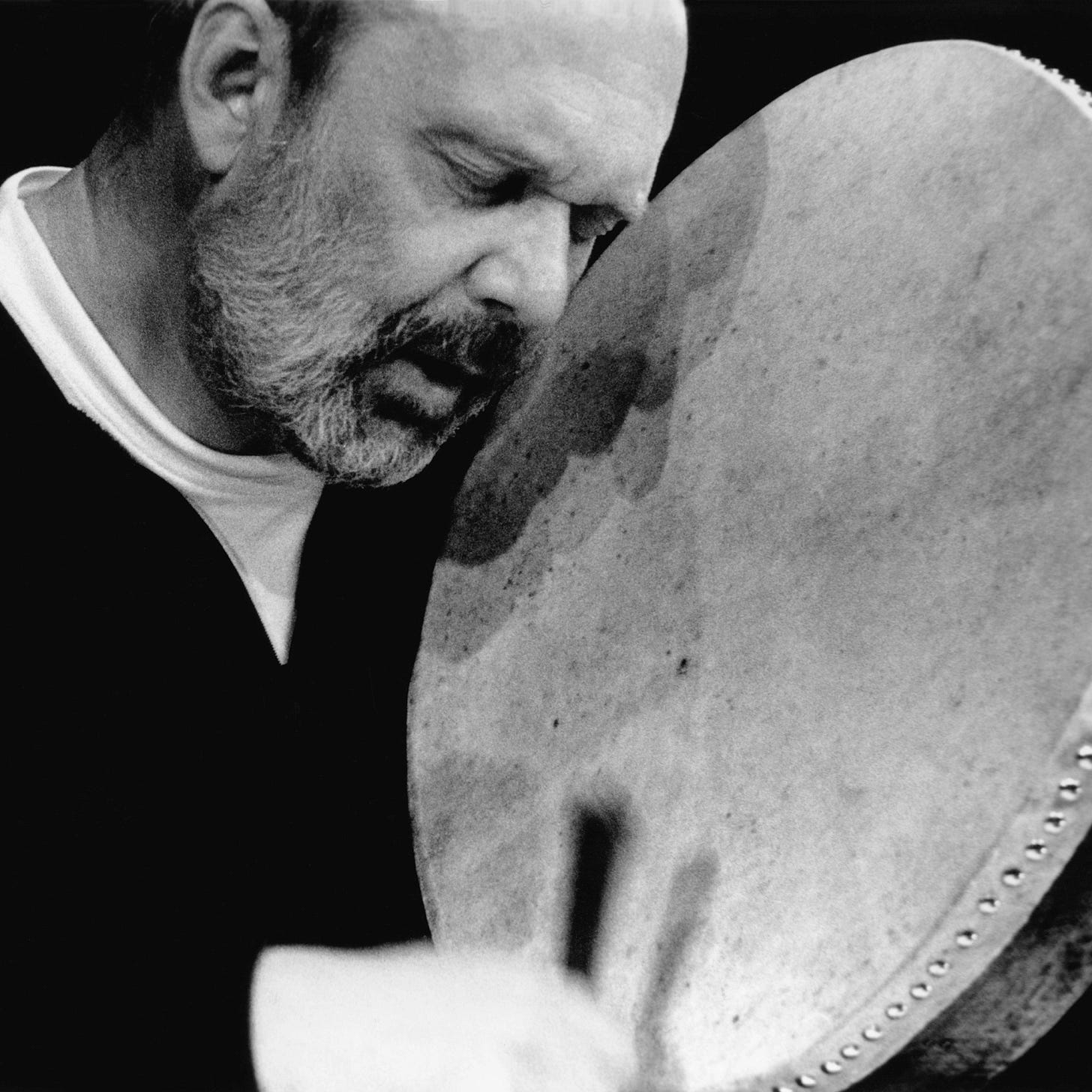Breaking Musical Boundaries: An Interview with Stephan Micus
Uniting global traditions to create new sonic worlds
Welcome to Vintage Cafe, a reader-supported newsletter where curiosity meets passion. Here, I explore music, films, books, travel, coffee, and art, sharing stories with a community that values depth and creativity. By becoming a paid subscriber for $5, you support this creative endeavor and gain access to exclusive content, early updates, and a closer connection to Vintage Cafe. Your contribution helps keep this space thriving, ensuring these passions continue to be shared with you and others who appreciate them.
Stephan Micus is an artist who redefines contemporary music through his ability to blend cultures and sounds from around the globe. Known as a "global nomad," Micus travels extensively, gathering unique instruments and learning local musical traditions from Africa, Asia, Europe, and South America. His music defies genre classification, creating a fusion of ancient and modern sounds while continually exploring new textures and emotional landscapes.
Under the ECM Records label, Micus has released a series of albums that showcase his signature style of multi-instrumentalism and experimentation with acoustic sounds. He performs all the instruments himself, from Tibetan flutes to delicate string instruments, crafting an authentic sonic atmosphere.
Each of Micus's albums serves as its own world, filled with sounds that rarely coexist in nature. From the resonant stones in The Music of Stones (1986) to the warm African strings and Japanese flutes in Desert Poems (2000), and the gongs, bells, and Buddhist philosophy of Life (2004), his music challenges our perceptions of time, space, and cultural boundaries.
The album Panagia stands out as one of his most remarkable projects, dedicated to the "female energy present everywhere in the world." The term "Panagia" is one of the names given to the Virgin Mary in Greek, and the album consists of six Byzantine hymns in her honor. Micus combines these hymns with instrumental textures that merge string instruments from Bavaria, India, Pakistan, and China's Xinjiang region. The album intertwines the sounds of the Indian dilruba, Uyghur satar, and Pakistani sitar, creating a new, global musical universe that transcends any single cultural framework.
Ultimately, Micus composes not just through musical language, but through his philosophy of life. His music represents a universal language that unites instruments and cultures, regardless of geographical or political boundaries. He believes that people worldwide create music for the same reasons, making music a universal form of expression.
His latest album, Thunder, presents a nuanced musical journey rather than a traditional thunderous experience. Paying homage to various thunder gods, it features nine tracks where Micus plays 14 instruments, weaving together diverse cultural elements into a cohesive narrative. Each piece invites listeners into a richly textured world, evoking landscapes and emotions while showcasing Micus's unique ability to unite musical traditions across geographical and cultural divides.
Can you tell me the story behind Thunder? All the compositions bear the names of gods of thunder from various traditions, including Perun from Slavic mythology. What story do you feel these compositions tell?
Yeah, well, the story of the album is that I've been traveling for many years. The first time I was in the Himalayas was in 1973, and I’ve returned many times, doing high-altitude treks. I enjoy the landscape, but I was also very interested in the Tibetan monasteries and their ritual music. The music they play during ceremonies is very timeless—both ancient and modern at the same time.
During a trip to Sikkim, a part of the Himalayas that used to be independent but has been part of India for many years, I visited monasteries and spent hours listening to the music. I was particularly fascinated by the long trumpets they call Dungchen, and I decided I wanted to study them.
It was difficult to find someone to teach me. I tried in Dharamsala, where the Dalai Lama lives, but nobody was willing to accept my request. Finally, I found a monastery in Kathmandu, Nepal, that agreed to teach me. After completing my studies, I returned home and started working on the album.
As with my other works, I wanted to combine instruments that had never been played together before. I tried various instruments with the Dungchen, and in the end, I found that two instruments worked particularly well. The first is the Kyunky from Siberia, a very rare instrument. I’m pretty sure I’m the only non-Siberian who plays it. I first encountered it in the 80s during a concert of Siberian musicians in Munich, and they left two instruments for me as a gift. Later, I visited them in Siberia, in a region near the Pacific coast where only about 200 people live. The Kyunky is featured in the first and last pieces of the album.
Photo by Wolfgang Krebs
The second instrument I combined with the Dungchen is the Nokan, a small flute from Japan traditionally used in Noh theater. Noh music is also abstract and timeless, like Tibetan ritual music, so the combination worked well. Interestingly, Tibetan music doesn't traditionally use flutes, especially not in the monasteries, so introducing the Nokan to this world was quite unique.
The album's title, Thunder, came to me while I was studying the trumpet in Kathmandu, as the sound reminded me of thunder. The idea to dedicate the album to thunder gods came later, giving it a thematic frame. However, I don’t give much importance to titles—I would prefer not to give titles at all. Music is open to interpretation, and titles can limit that by imposing specific images on the listener. But for the sake of the album format, titles are necessary.




